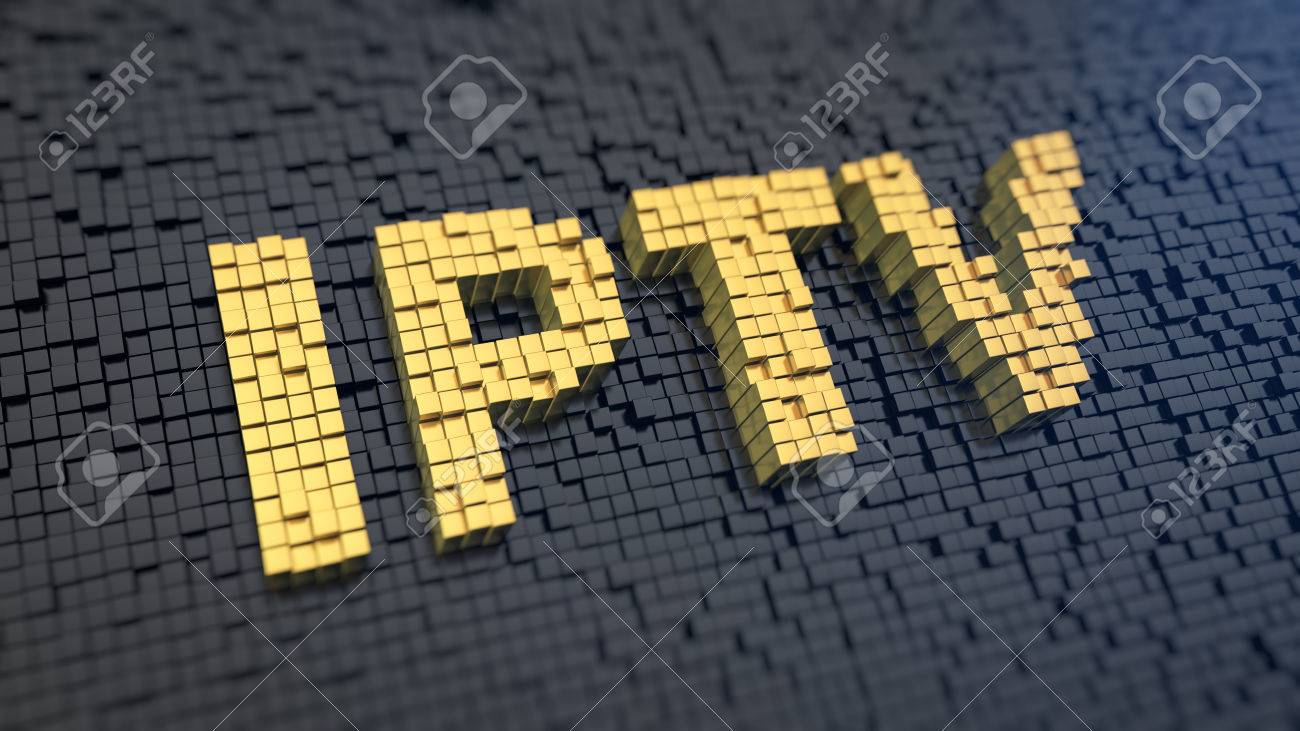In our rapidly changing world, where environmental concerns are at the forefront, businesses and consumers alike are seeking innovative ways to reduce waste and promote sustainability. One such solution gaining momentum is circular packaging. Circular packaging aims to minimize waste by adopting a closed-loop system that prioritizes reuse, recycling, and regeneration. In this blog, we will explore the concept of circular packaging and its potential to revolutionize the way we package and consume products.
- Understanding Circular Packaging: 1.1 The Circular Economy Model:
- Explaining the shift from a linear to a circular economy.
- Highlighting the principles of the circular economy model.
- Emphasizing the importance of reducing waste and optimizing resources.
1.2 Circular Packaging Defined:
- Defining circular packaging and its core principles.
- Exploring the three main strategies: reduce, reuse, and recycle.
- Discussing the role of innovative materials and design in circular packaging.
- Benefits of Circular Packaging: 2.1 Waste Reduction:
- Examining the environmental impact of traditional linear packaging.
- Illustrating how circular packaging minimizes waste generation.
- Showcasing success stories and real-world examples of waste reduction.
2.2 Resource Conservation:
- Highlighting the efficient use of resources in circular packaging.
- Discussing the importance of optimizing material selection and design.
- Exploring strategies to reduce raw material consumption.
2.3 Cost Savings and Business Opportunities:
- Demonstrating the financial benefits of circular packaging for businesses.
- Discussing cost savings through material recovery and reuse.
- Exploring emerging market opportunities in sustainable packaging.
- Implementing Circular Packaging: 3.1 Redesigning Packaging:
- Discussing the importance of product design for circular packaging.
- Exploring innovative packaging designs and materials.
- Providing practical tips for businesses to embrace circular packaging.
3.2 Collaboration and Partnerships:
- Highlighting the role of collaboration across the value chain.
- Discussing partnerships between manufacturers, retailers, and consumers.
- Illustrating successful examples of collaborative initiatives.
3.3 Consumer Education and Engagement:
- Emphasizing the role of consumer awareness and education.
- Discussing the importance of changing consumer behavior.
- Offering tips and strategies to engage consumers in circular packaging practices.
- Overcoming Challenges: 4.1 Infrastructure and Recycling Systems:
- Addressing the need for robust recycling infrastructure.
- Discussing challenges and potential solutions for effective recycling.
- Exploring the role of government policies and regulations.
4.2 Scaling and Standardization:
- Discussing the challenges of scaling circular packaging initiatives.
- Highlighting the need for industry-wide standards and guidelines.
- Exploring potential solutions to overcome scaling hurdles.
Conclusion: Circular packaging presents an exciting opportunity for businesses and consumers to tackle the global waste crisis while embracing sustainable solutions. By adopting the principles of reduce, reuse, and recycle, we can revolutionize the way products are packaged and consumed. Through collaboration, innovation, and consumer education, we can create a future where waste is minimized, resources are conserved, and the environment is protected. Let us embrace circular packaging and pave the way for a more sustainable world.




